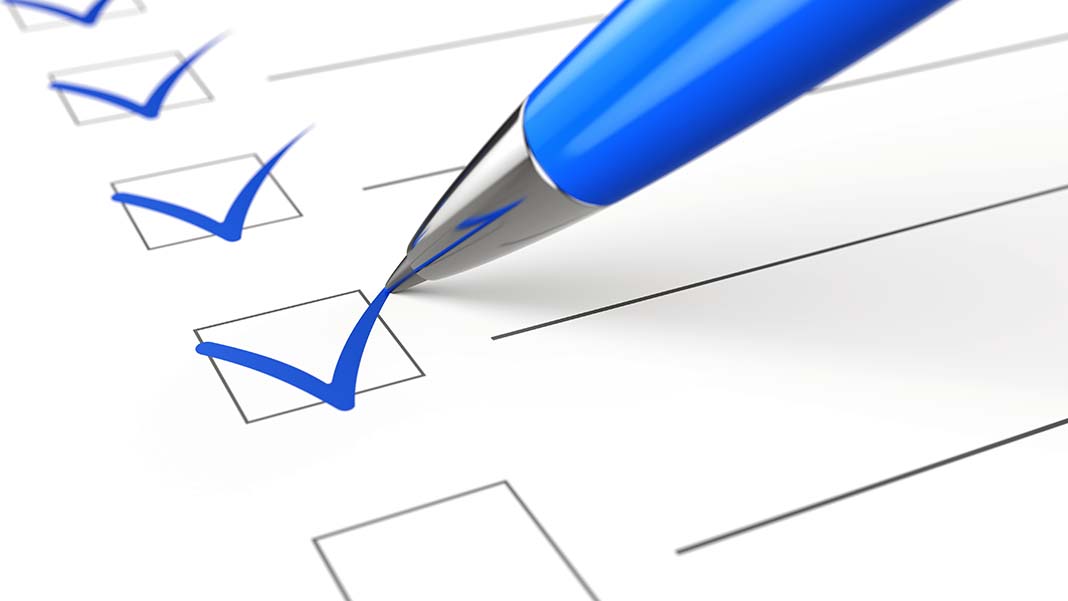Property development is a complicated endeavour, sort of a poisoned chalice sometimes. You might think that you have the perfect site, but you find out otherwise after the purchase.
You spot a plot of land at an unbeatable price. And you buy it as soon as possible just so you can beat everyone else to it. But as it turns out, the site isn’t as perfect as you thought.
Many a property developer find themselves in this situation.
But it’s too late now. You can’t reverse the deal and you can only hope to minimise the damage.
Bad decisions in the purchasing phase have put many developers out of business.
Unfortunately, finding development sites of quality isn’t exactly straightforward. But you can make a great start if you know what to avoid and what factors to consider.
The Factors
You don’t need anybody to tell you that you should do your due diligence before buying any property or development site. It’s a good way to make sure that you won’t lose money in a bad deal.
Start with the following factors that you should take into account:
1. Is it below market price?
2. The location (and the people in that location)
3. The site’s aspect and slope
4. Relevant planning controls
5. Flood and fire risk
6. Soil
7. Size and shape of the property
Now, let’s get straight to these factors.
1. Is It Below Market Price?
Finding development sites usually starts with your budget. First, you should research the average prices in the neighbourhood and area.
If the price of a target site is around the average, you can continue with the other factors below. But anything much lower than the average should be a red flag. In that case, you’d want to perform a thorough check-up of the site to find out what’s going on, if any.
A cheap site might sound attractive, but chances are that you will have to invest extra money to bring it up to specs.

2. The Location (And the People in That Location)
If the price is right, you should then consider the location of the property. In particular, you should go for a site that’s close to essential amenities. That’s regardless of whether you plan to keep or sell the developed property.
Your list of priorities should include schools, hospitals, public transport, and shops. But you can also add other amenities that you think potential buyers will find essential.
Check if there are any chicken coops, factories, or dog kennels around. These might make your property less attractive to live in. And they might also make it harder to sell.
Finally, you’d also want to check the area’s crime rates. Listen to your intuition. If you feel something is wrong, you should probably take heed.
3. The Site’s Aspect and Slope
When it comes to finding development sites, the aspect and slope of the lot are among the essential features. That’s especially true if you are looking to build a house or an apartment.
The aspect is a property’s orientation – south, west, north, or east. Generally, it’s a good idea to look for sites on which you can build properties with a northern orientation. They get more sun than properties facing south, east, and west.
The slope is the incline of the site. Flat sites can be easier to build on, but they are not always the best option. A gentle slope can help with water drainage. If you’re to build properties on a steep slope, you might have to level it first.
4. Relevant Planning Controls
Different councils have different rules. You should check them before you finalize a deal to find out what you can do with the site. That’s because unsuitable overlays and zoning might make finding development sites harder.
It also pays to check the demographics of the location you are buying in. It will tell you if there is a demand for that type of amenity or home in the area. There is no use in building a house you can’t sell. It’s also useless to invest in a facility no one in the neighbourhood needs.
5. Flood and Fire Risk
All development sites are at risk of fire and flood. Some are at higher risk, while others are lower. It’s in your best interest to buy properties in the latter category. Low risk of flood and fire means lower insurance premiums. It also means that your developed properties will be in higher demand.
Properties at high risk of natural disasters are hard to sell or rent. After all, few people will want to live in a house that’s not safe. Such sites would need extra investments to mitigate the risk. And these investments mean higher costs and lower profit.
So, check the council’s maps and determine the flood and fire risk of the site first.
6. Soil
The quality of the land is an essential factor when finding development sites that suit you. You should take it into account because it might impact your building’s stability. It will need testing, which will add to your costs, but this is a wise investment.
You should also consider what is already there. Is the site empty? Maybe it has a house or even trees? Do you need to tear them down to build your property? Demolition activities will increase the project’s cost and lower your profit.
7. Size and Shape of the Property
Finding development sites of the right size and shape is crucial. If a property is several square meters too small, you might not be able to build all you want. And that means lower profits for you.
You should also take the shape of the site into account. That’s because the shape plays a significant role when it comes to the usable area of any property.
As Close to Perfection as Possible
Finding development sites that check all the boxes is tough. There’s no perfect development site out there, nor is it worthwhile to look for such a site.
But, with this list, you can make sure that you end up buying a quality site every time. Always check the site’s price, location, aspect, slope, planning controls, risks, soil, size, and shape.
If you are searching for the right site to develop on, Archistar can help. It’s an AI-driven platform that can help you with all your development needs, ranging from assessment to 3D modelling and building design.
Get started for free: [https://www.archistar.ai/]


